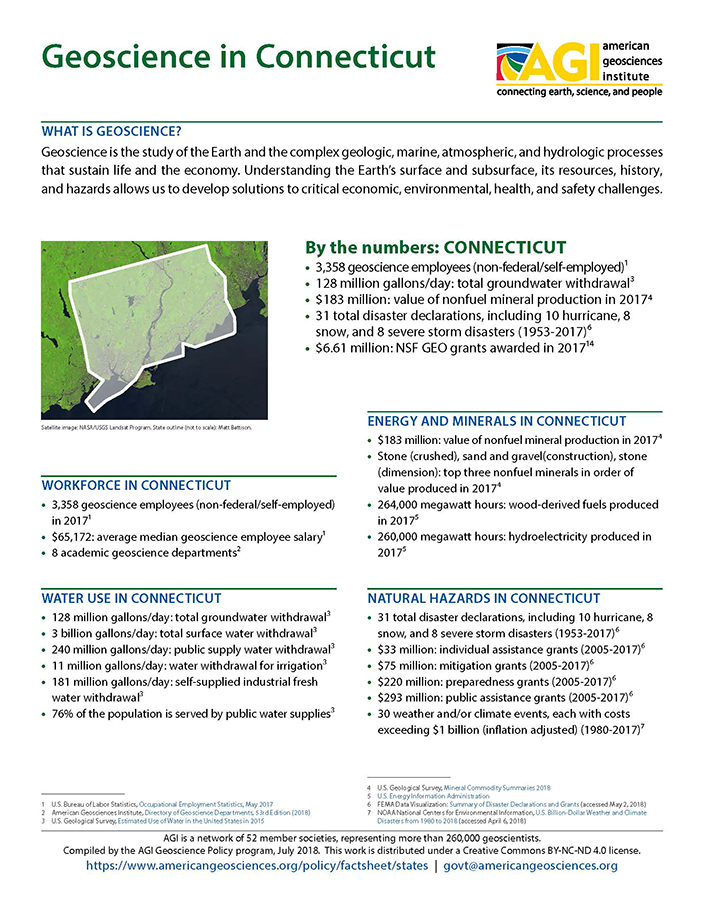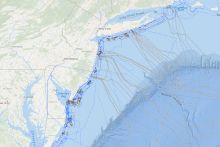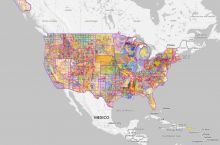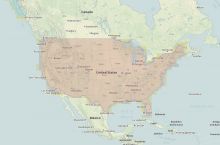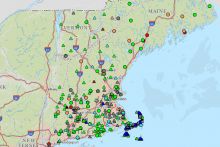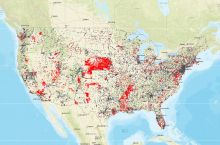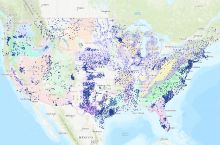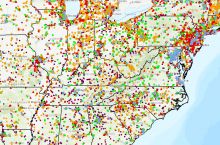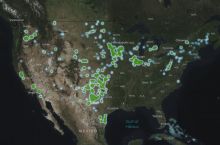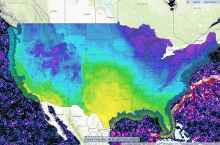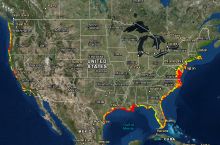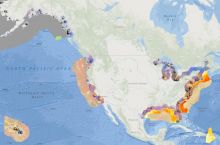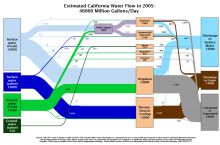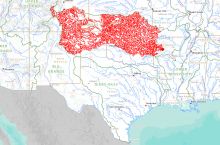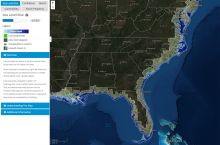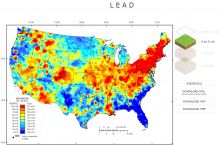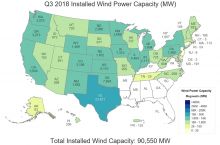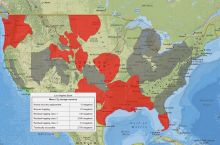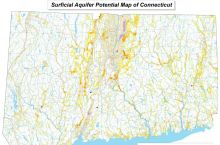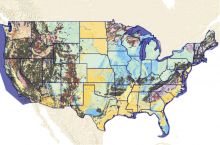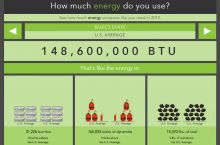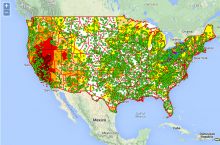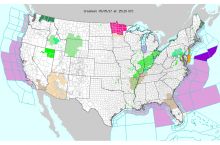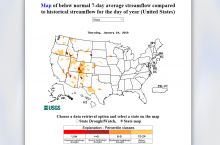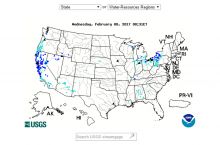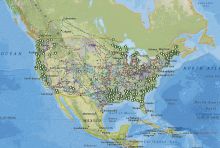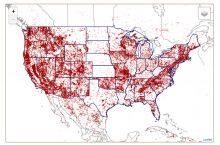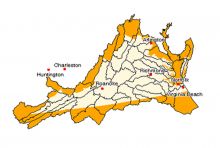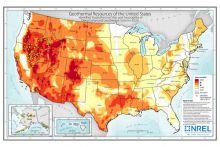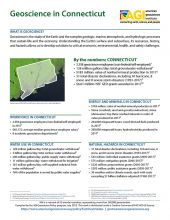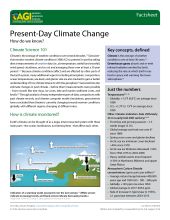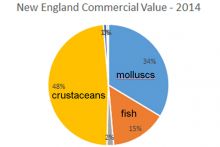By the numbers: Connecticut
- 3,358 geoscience employees (excludes self-employed)1
- 128 million gallons/day: total groundwater withdrawal3
- $183 million: value of nonfuel mineral production in 20174
- 31 total disaster declarations, including 10 hurricane, 8 snow, and 8 severe storm disasters (1953-2017)⁶
- $6.61 million: NSF GEO grants awarded in 201714...
Agencies Working on Geoscience Issues in connecticut
The Connecticut Department of Energy and Environmental Protection (DEEP) is charged with conserving, improving and protecting the natural resources and the environment of the state of Connecticut as well as making cheaper, cleaner and more reliable energy available for the people and businesses of the state. DEEP includes many bureaus that deal with air quality, water protection, land reuse, natural resources, energy, and many other areas.
The Connecticut Division of Emergency Management and Homeland Security (DEMHS) is the state agency that coordinates emergency preparedness, training, response, recovery, and mitigation services in Connecticut to protect the State from natural and manmade hazards.
The Geological and Natural History Survey (CGNHS) is responsible for coordination and implementation of statewide natural resource data collection inventories in the following areas: surficial and bedrock geology, land cover, remote sensing; inventories of fauna and flora, including endangered species; and the development and operation of resource oriented data base management system.


